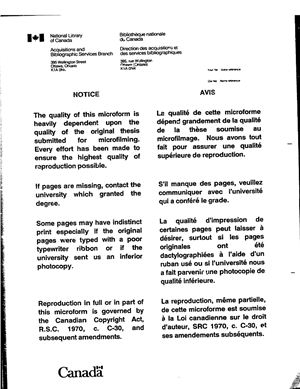Canada: University of Toronto, 1992. - 163 p.
Three different methods of determining the profile drag/lift ratio are considered: the SBAC method, a solidity correction method, and a new semi-empirical method. Of these, the new semi-empirical method provides profile drag/lift ratios that result in substantially more accurate optimum efficiency predictions, for both aircraft and marine propellers. This method may be applied to all propellers operating in incompressible and non-cavitating conditions. The accuracy of the optimum efficiency predictions are evaluated based on the performance data of forty Hamilton Standard aircraft propellers and thirteen Troost Series B marine propellers.
The new semi-empirical method establishes a smooth continuous relationship between aircraft and marine propellers, which provides a quantitative means to evaluate the effects that certain design parameters have on the on the optimum operating efficiency of a given propeller. Further, this method shows that theoretical gains in marine propeller efficiency can be achieved with lower solidity propellers, provided that the propellers operate without cavitation.
Three different methods of determining the profile drag/lift ratio are considered: the SBAC method, a solidity correction method, and a new semi-empirical method. Of these, the new semi-empirical method provides profile drag/lift ratios that result in substantially more accurate optimum efficiency predictions, for both aircraft and marine propellers. This method may be applied to all propellers operating in incompressible and non-cavitating conditions. The accuracy of the optimum efficiency predictions are evaluated based on the performance data of forty Hamilton Standard aircraft propellers and thirteen Troost Series B marine propellers.
The new semi-empirical method establishes a smooth continuous relationship between aircraft and marine propellers, which provides a quantitative means to evaluate the effects that certain design parameters have on the on the optimum operating efficiency of a given propeller. Further, this method shows that theoretical gains in marine propeller efficiency can be achieved with lower solidity propellers, provided that the propellers operate without cavitation.

